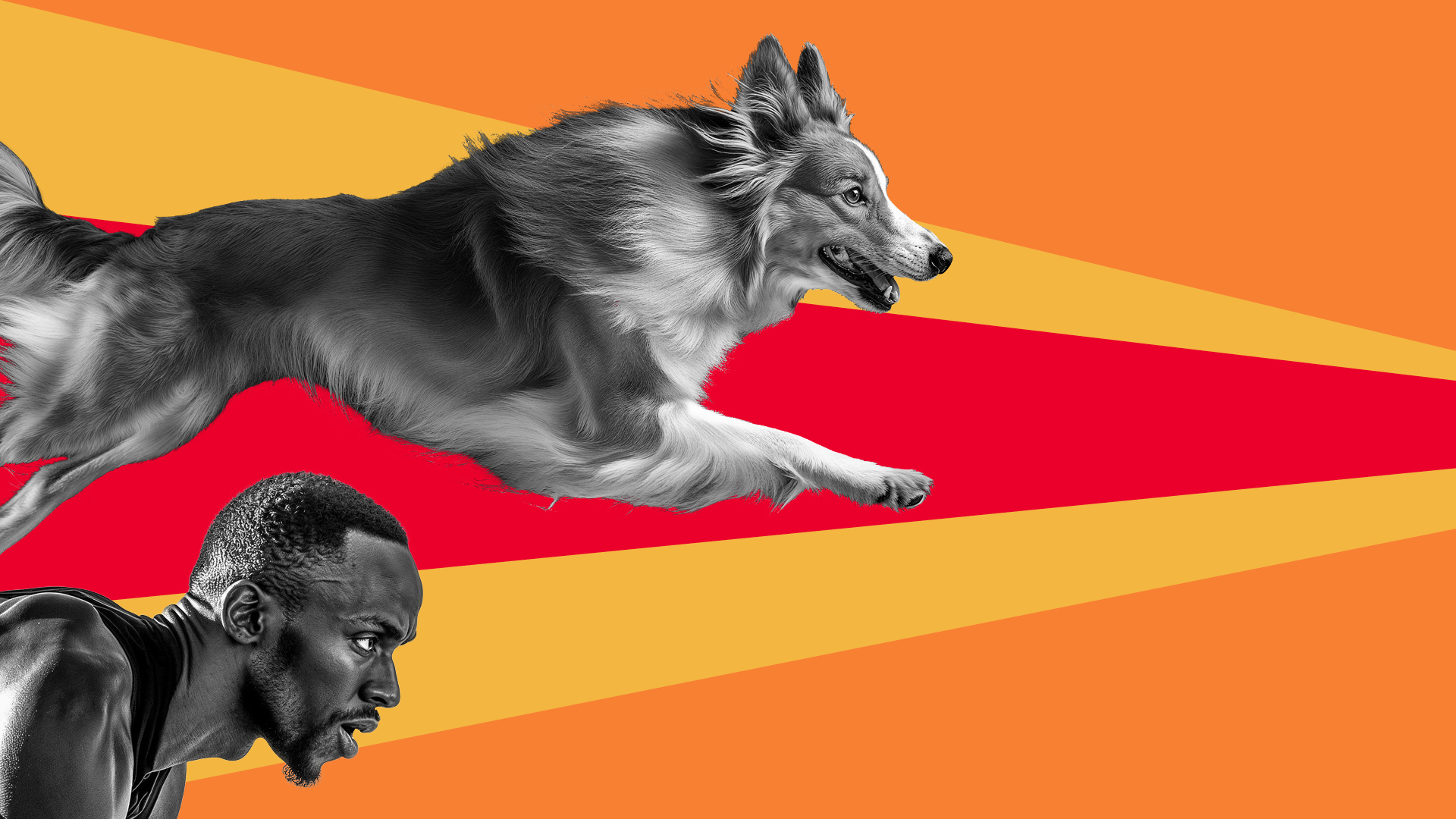We’ve seen the growing debate online: Agility in Marketing vs. Agile Marketing. But what’s the difference?
When you Google ‘agility’, you’re met with images of dogs speeding through their agility courses or athletes racing around the track. But what does agility mean in the marketing landscape?
Google images and that burning question have sent us on a mission of agile discovery to find the difference between the two… or whether any differences actually exist.
Google, what do you think?
A quick exploration on Google into Agility in Marketing unearths an array of definitions. The majority of the internet seems to agree that the clearest one comes from the American Marketing Association who say: “marketing agility is defined as the extent to which an entity rapidly iterates between making sense of the market and executing marketing decisions.”
But a closer look into Agile Marketing, stumbles up this definition… Atlassian describes it as: “the approach to marketing that utilises the principles and practices of agile methodologies. This includes self-organising, cross-functional teams, and doing work frequently with constant feedback.”
We’re not sure that provides a clear definition between the two, other than a few more words, but it’s a starting point…
Time for a second opinion…
We sat down with our Group Account Director and ‘agility ambassador’, Gladys Delgado-Hunt, to drag ourselves out of the Google rabbit hole. With a wealth of experience within the field, she’s the perfect CWA spokesperson for the debate.
“Oh, there is a difference between the two, 100%!” were the resounding words she used when posed the question.
“There’s the personal element, who you are as a person and if agility is a trait you hold. The other is a discipline, how you work and the methodologies you apply as you work.
“Agile marketing you can approach from a range of different angles, from project management to digital, especially, how you develop software etc. In an agency, you might hear it in the context of a ‘scrum master’ and working in ‘sprints’. However you label it, it’s a methodology in which you have a plan, but one where the marketing must remain completely adaptable depending on what data, insights and external forces tell you.
“Agility in marketing is whether the person delivering the work is agile. If you work in an agency, you have to be completely and utterly agile. Basically, to learn to love the journey on the ever-shifting flying carpet.” This is something we know all too well here at CWA. Our event blog here sums it up perfectly.
“Even though we have a process and plans to build and deliver excellence, individuals in our teams still need to engage their brain, creativity and knowledge. We might not always be able to follow step 1,2,3,4 but be required to go 1,3, then back to 2, but being agile means we are able to find our way back to our goal.
“Agile marketing is great, but it’s hard to do it effectively if you’re not also an agile person. If you just apply the methodology in isolation, it’s painful. Similarly, if you’re agile as a person but have to work in an inflexible way, you’re talents won’t shine through – you can’t do it solo.”
Let us explain this in layman's terms…
So, to break it down, let’s use Lassie, the famous Rough Collie dog, as our metaphor for agility in marketing.
Agility is the trait that good marketers hold to be able to respond quickly to market changes. The trait for being agile is already there for dogs and agility courses give them a chance to focus this skill. Like marketers, agility is a trait within them which is continually developing, and the marketing landscape gives them a chance to flex this skill.
The world’s fastest man, Usain Bolt, will be our metaphor for agile marketing – the approach to using data and analytics to source opportunities and problems in real-time.
This is how winning athletes will approach each sprint race, joust, or high jump. They will know their talents and how to nurture them to continually improve on them to get better results, higher wins, and quicker times. Like agile marketing, you know your market and can see expected changes in real-time, so all of your marketing efforts are adapted to these changes.
Our conclusion is…
There is a difference between the two, even if it seems really small… But does it warrant putting them up against one another or are they both just as important as each other?
We feel Walker Sands summed the argument up best when they described it as a classic chicken and egg situation.
And most importantly, we’ve learned that agility is not just reserved for the dogs at Crufts and leading athletes at the Olympics, even if this is all Google wants you to see.
Changes in customer behaviour, ever-changing commercial landscapes, and the extreme growth in digital all favour a bit of marketing agility in some shape or form in your plan and combining these two approaches effectively could take your marketing activity to the next level.
Looking to add a little agility to your marketing plan? Get in touch today and see how we could help you hello@cwa.co.uk



